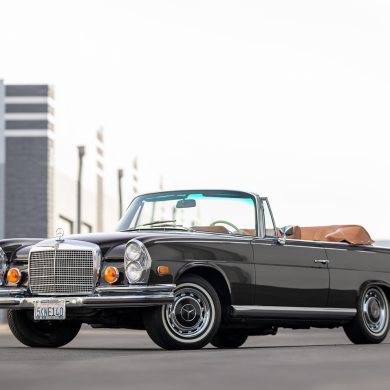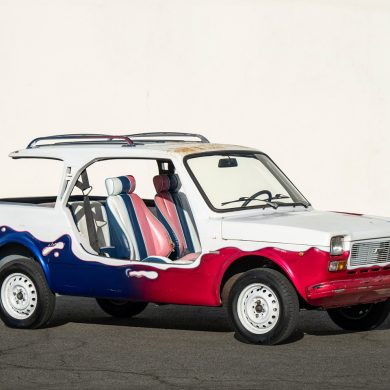TopSpeed Retro car Sunday - Chapter: Toyota 2000GT
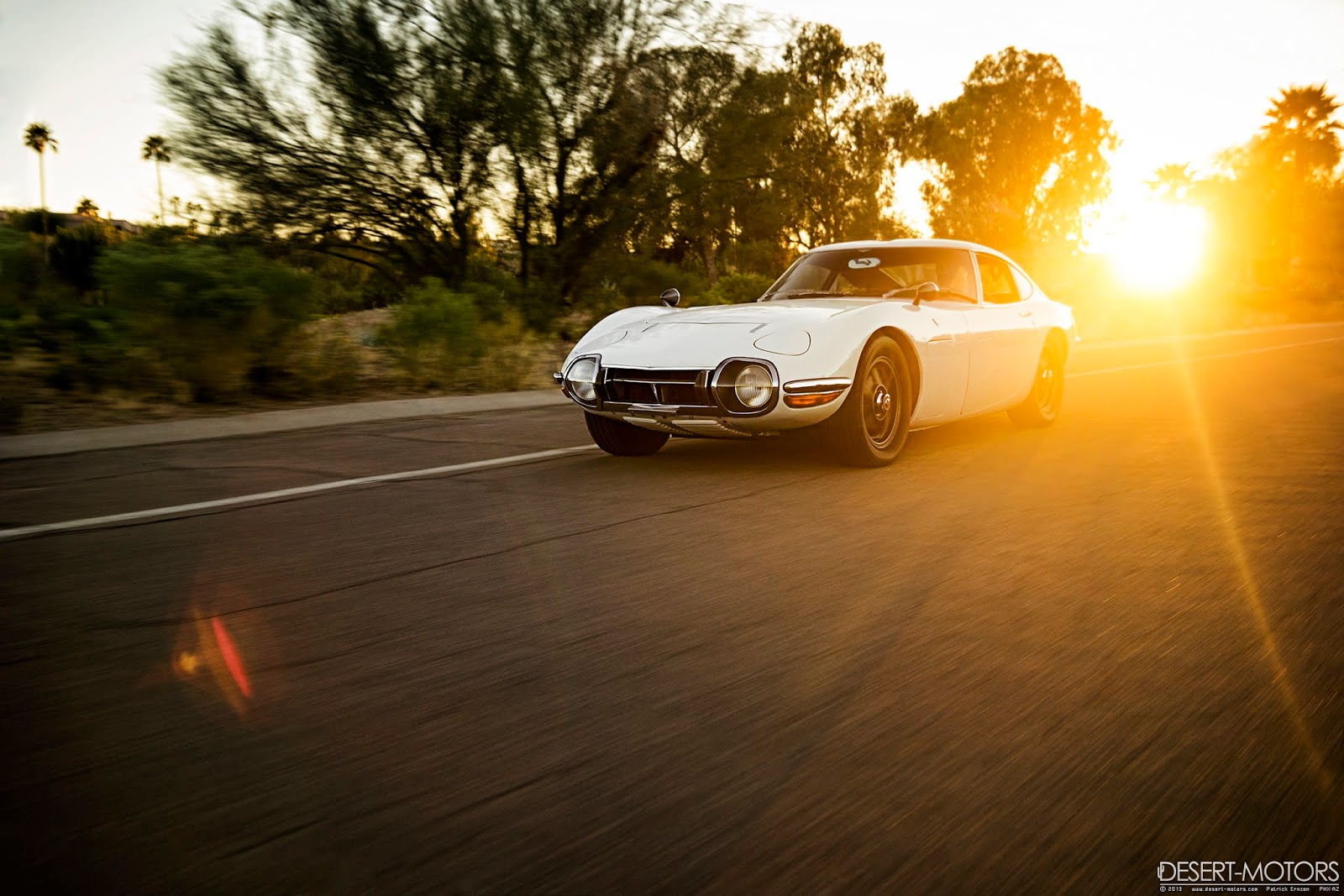
The 2000GT is in many ways a halo car, both for Toyota and for the Japanese car industry itself. It is the first true collector car from Japan and in a sense, their first supercar. The 2000GT, although a Toyota in itself, is actually a Yamaha creation, bought and put into production by Toyota.
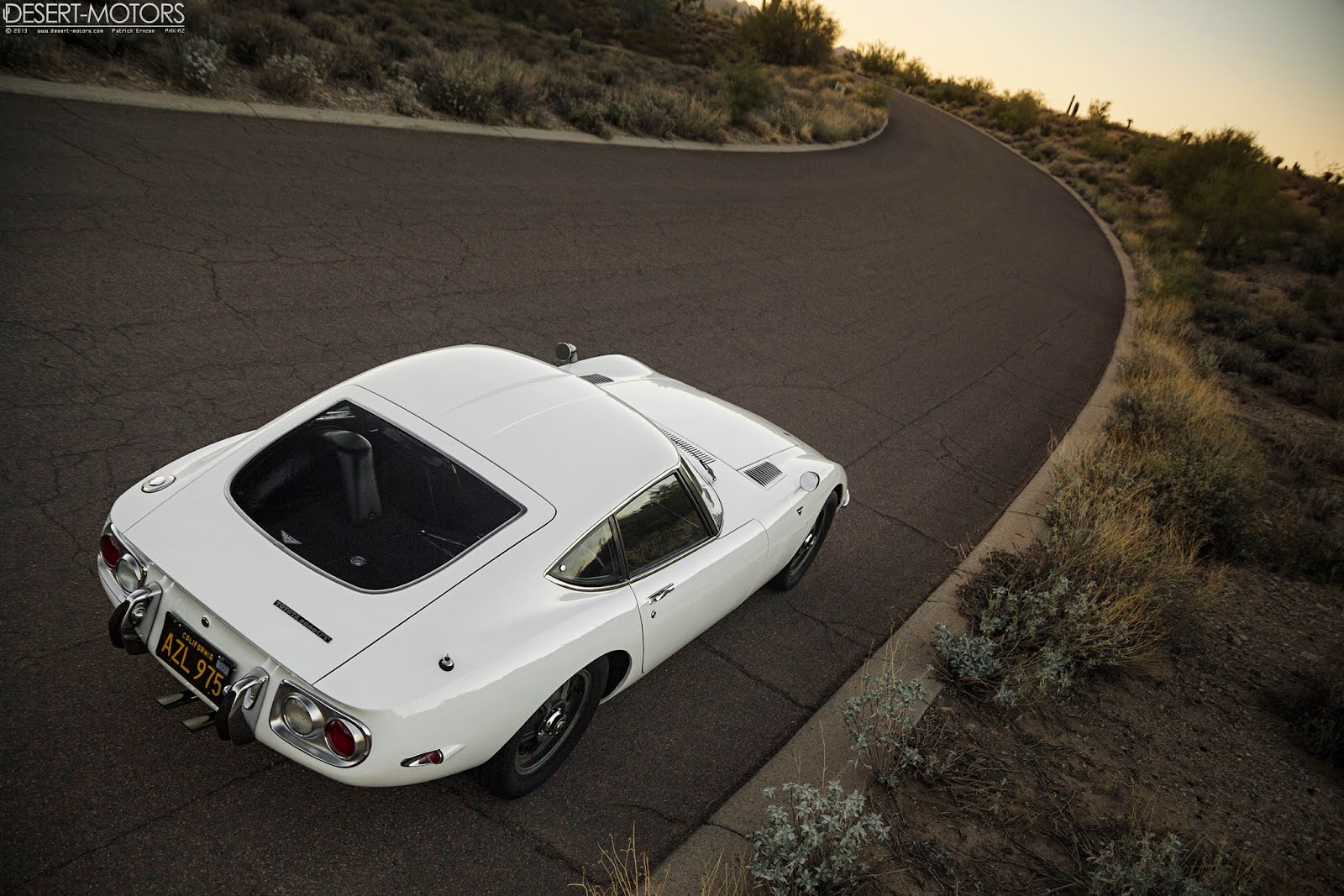
In the 1960s, Yamaha did a lot of automotive work for various manufacturers. In the case of the 2000GT, they created the first prototype, which they presented to Nissan, who of course turned down their offer to put it into production. Yamaha then turned to the conservative Toyota, which saw it as an opportunity to show its European competitors that it could produce a sports car worthy of theirs. And just like that, the 2000GT went from concept to production car.

Design
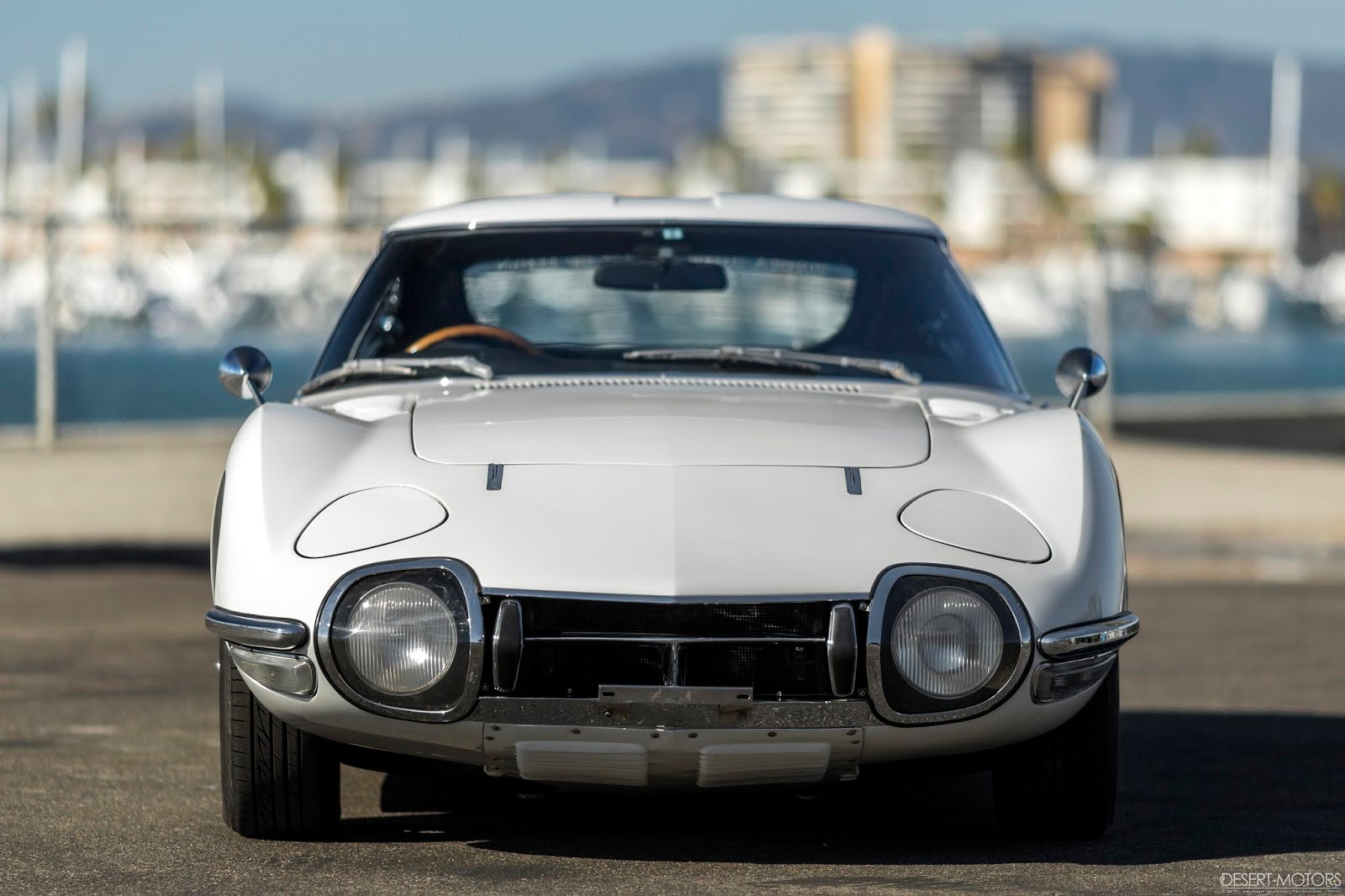
Toyota designer Satoru Nozaki, who was responsible for the original Yamaha design, incorporated many of the design elements of the GT models of the 1960s, but the main inspiration was the Jaguar E-Type. The hooded body design, combined with the pop-up front lights, which complemented the large front lights on either side of the jack, which was quite similar in design to that of the Sports 800, gave the 2000GT its unique design identity. The bumpers were very small and the car itself was extremely low, with the highest point being just 1.16m high.
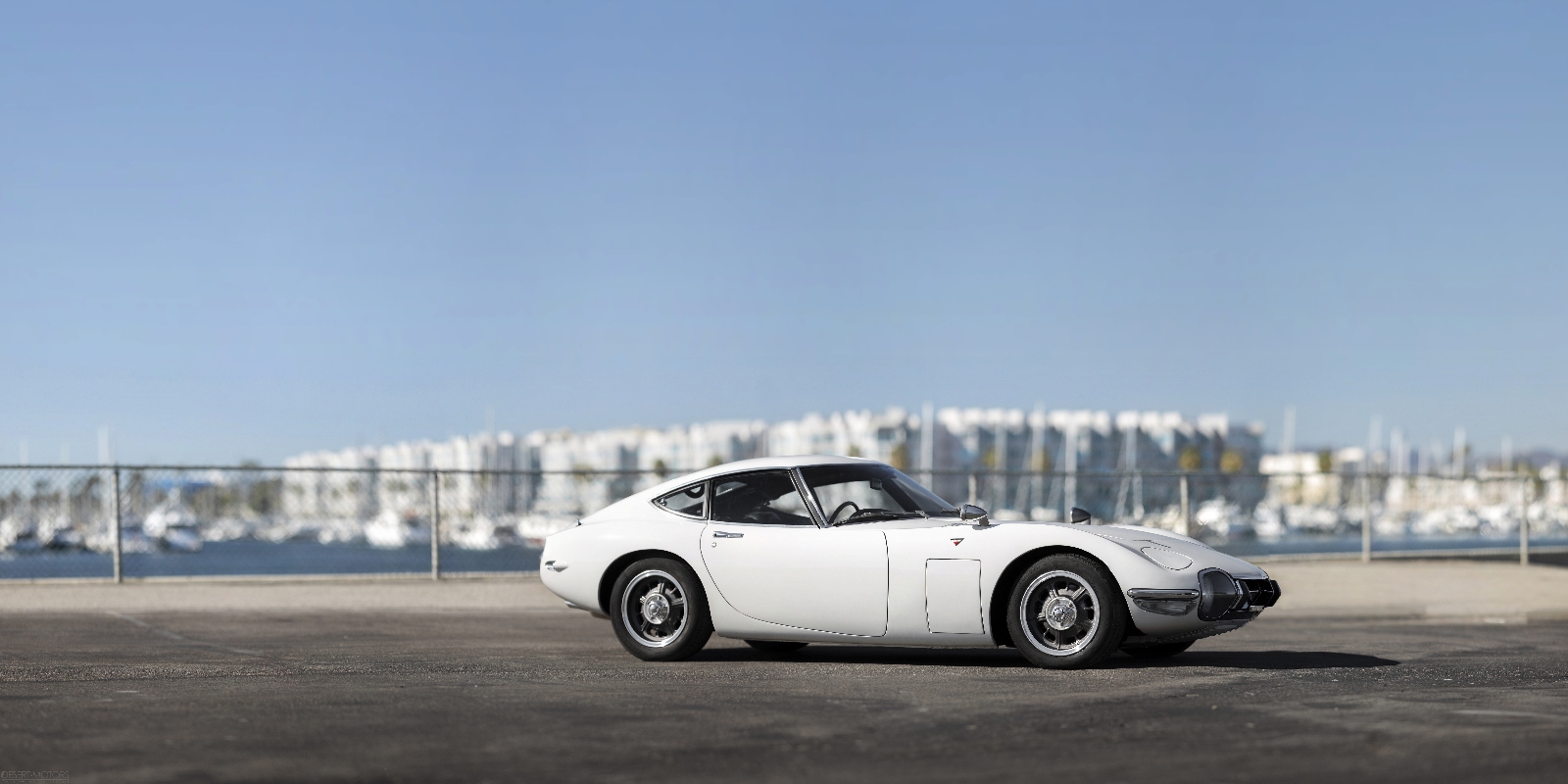
The interior, although a little cramped, was quite luxurious for the time, with rosewood trim on the dashboard and a radio with automatic station finding. In a test drive, Road & Track magazine , said they were impressed with the 2000GT's interior, whether you were a passenger or just admiring it, as they said at the time.
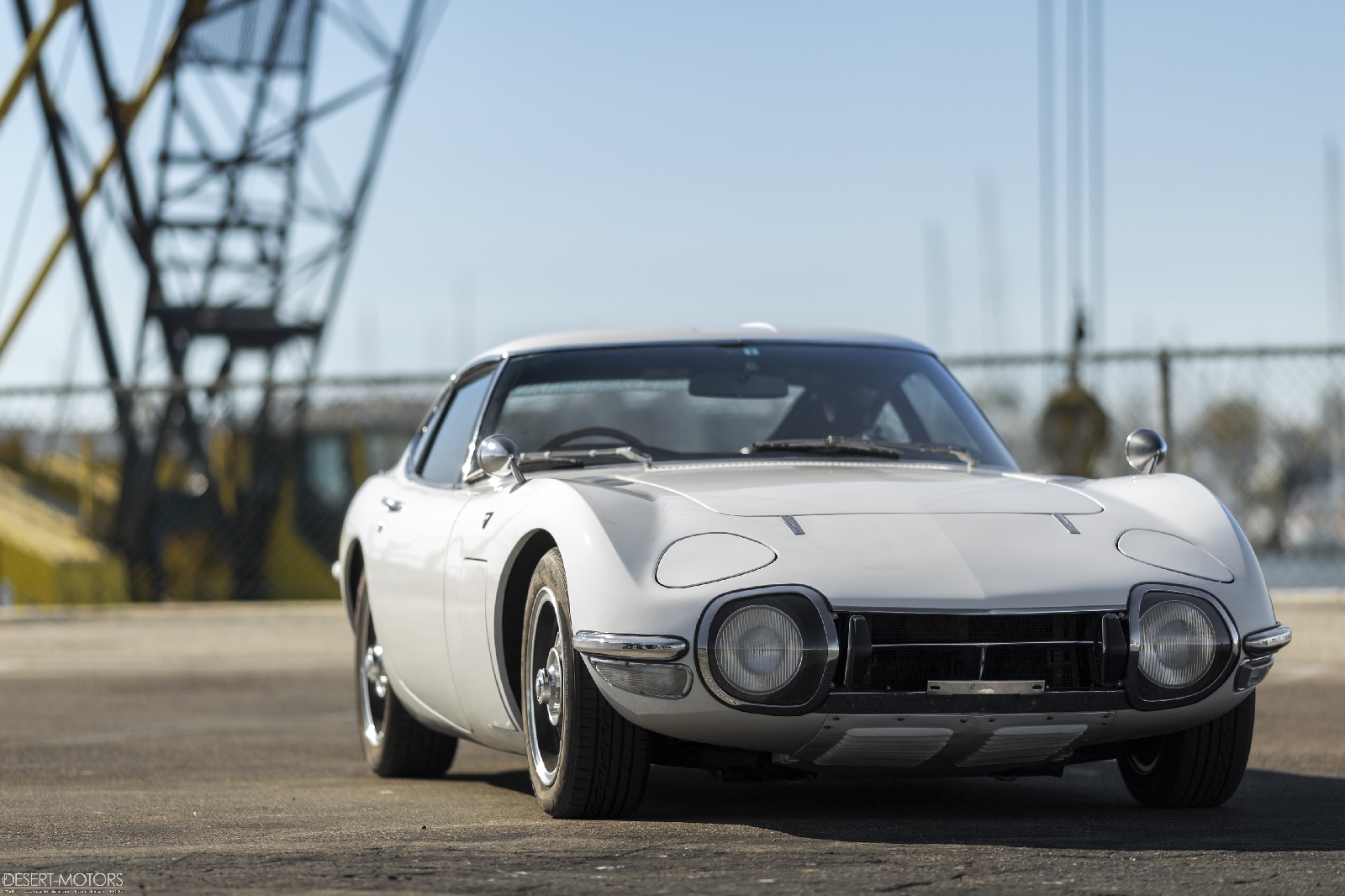
In 1969, the front end was slightly redesigned and smaller lights were fitted and the turn signal design was also changed. The rear turn signals were enlarged and in addition, Toyota also made some upgrades to the interior in order to refresh its image. In the latter cars, air conditioning was fitted and there was also the option of an automatic transmission.
Mechanical parts

The engine originally fitted to the 2000GT came from the Crown sedan. It was a two-litre, in-line six-cylinder engine, which Yamaha modified by installing, among other things, 3 2-barrel Mikuni - Solex 40 PHH carburettors, as well as a redesigned head, resulting in the engine producing 150bhp and 175Nm of torque.
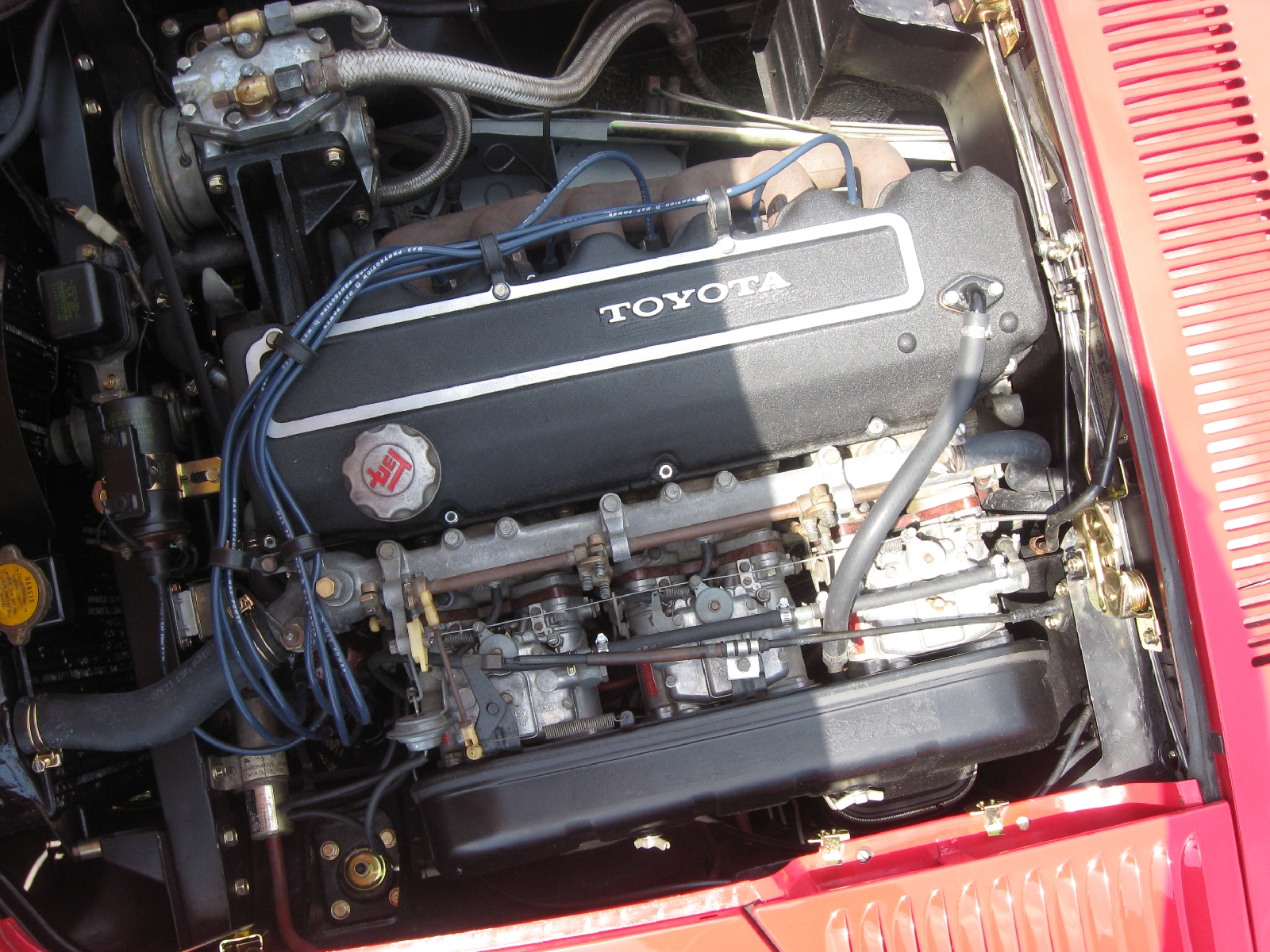
However, nine were also built MF-12 models, which were powered by Toyota's 2M engine, which although 300 cc larger than the conventional engine, had exactly the same horsepower and torque output.
The 2000GTs were fitted with a 5-speed manual gearbox and there were 3 final drive options. Those with the 4.375 final drive were said to be capable of a top speed of 217 km/h and had an average fuel consumption of 7.6L/100km.
It is noteworthy that the 2000GT's standard equipment included front and rear disc brakes, as well as a limited slip differential.
Production
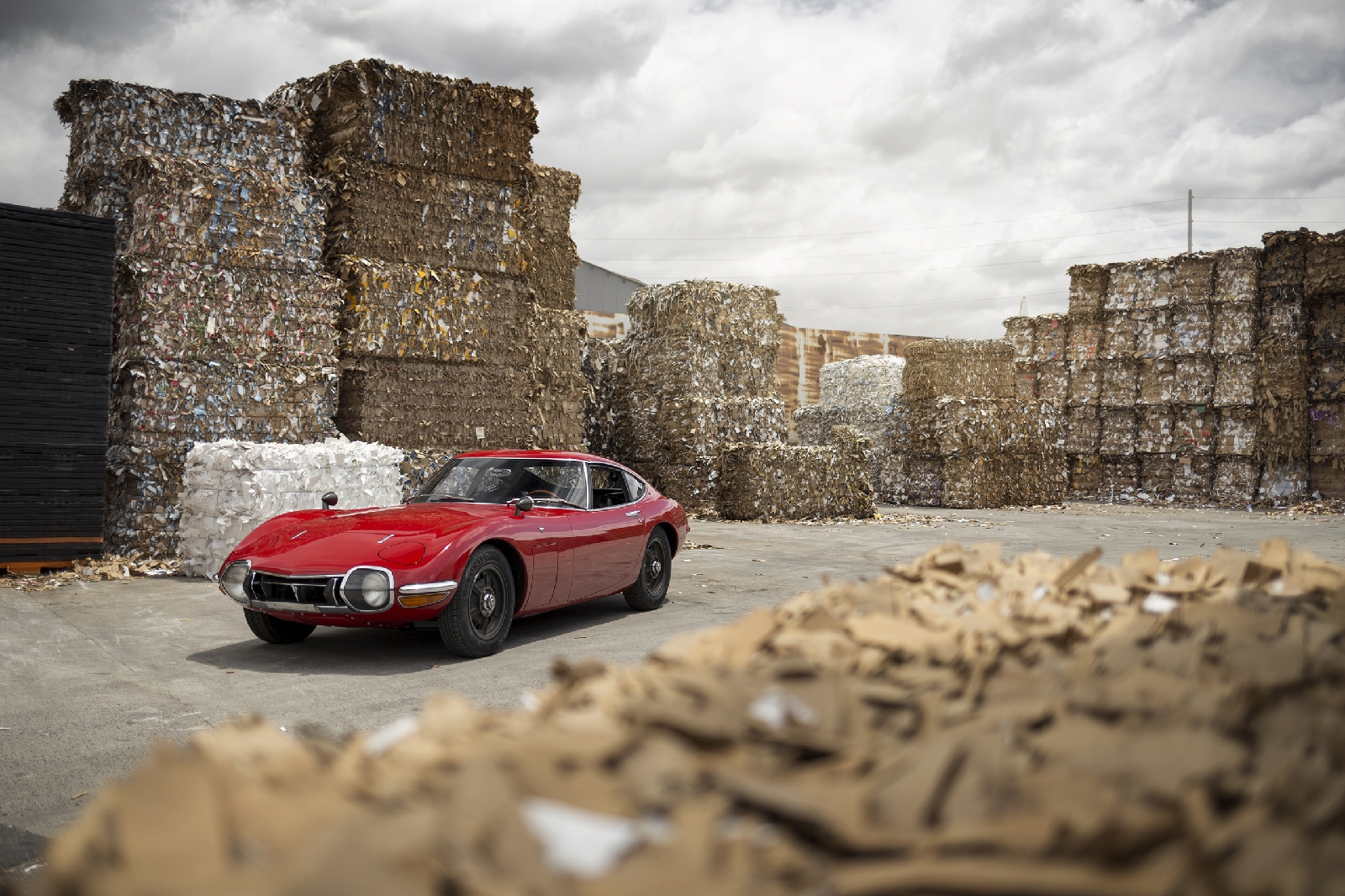
In its three-year production cycle (1967 - 1970), only 351 copies of the 2000GT were built in total, a number comparable to that of the "fine" Italian supercars of the time. According to Toyota and Yamaha figures, 233 MF10, 109 MF10L and 9 MF12L. In America, the 2000GT sold for $6800, a price much higher than that of the Porsches of that period, with 90 cars sold in total and the remainder divided into roughly similar numbers in Europe and Asia. Most 2000GTs, are either white or red.
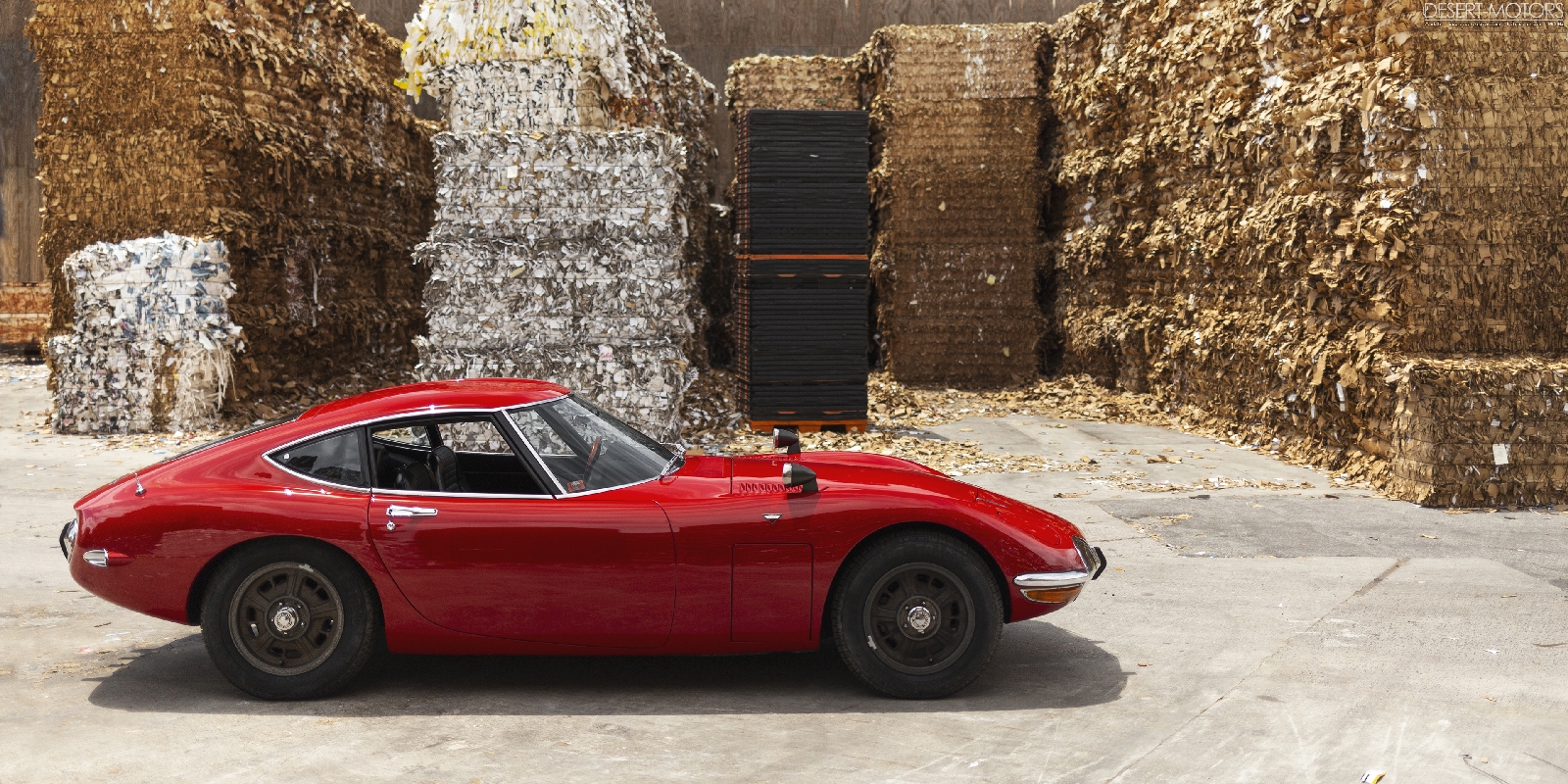
Games
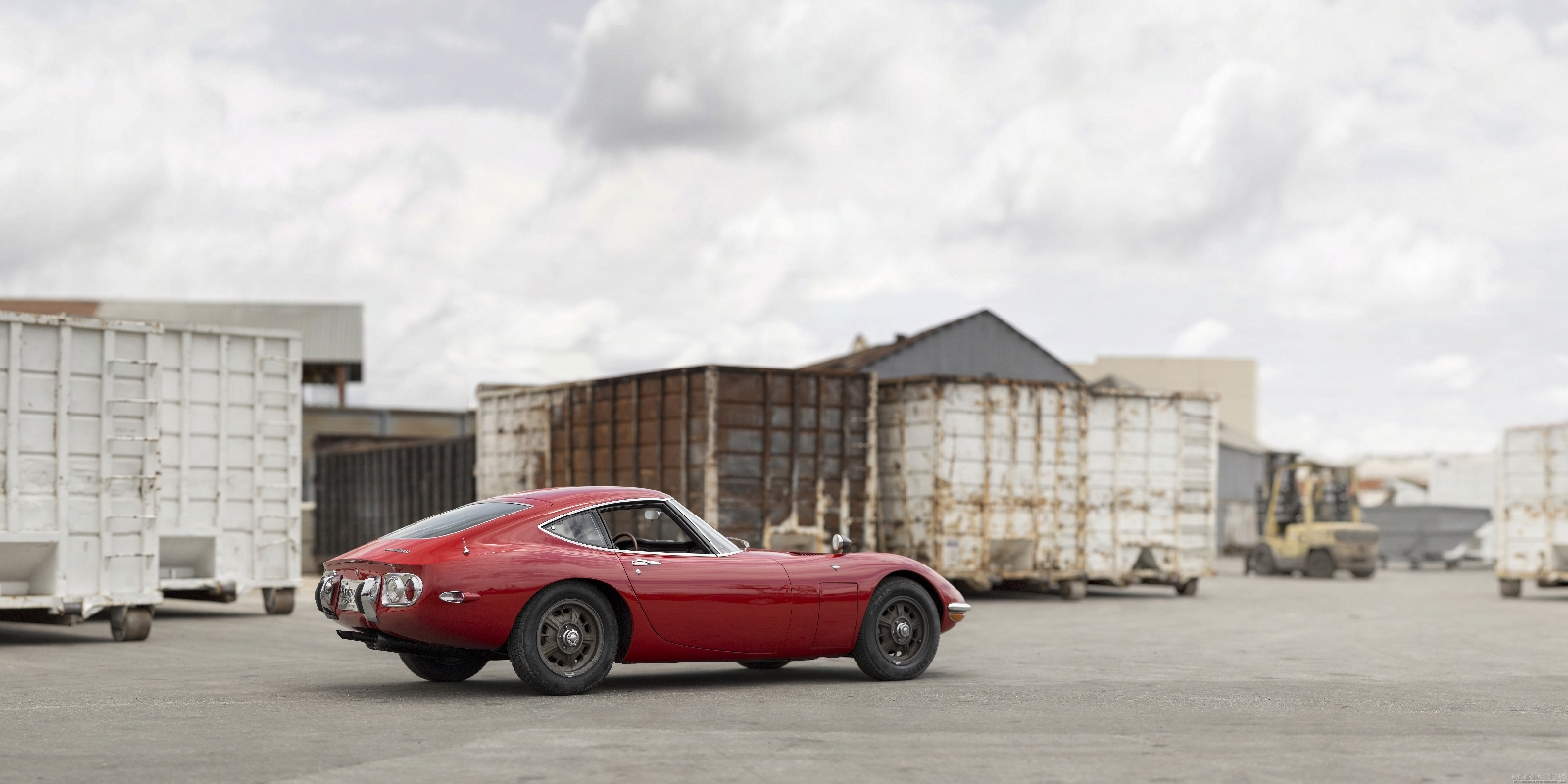
The 2000GT participated in several races in Japan, coming 3rd in the 1966 Japanese Grand Prix and 1st in the 1000 km race at the Fuji circuit in 1967. In addition, it set a number of different records in an FIA 72-hour endurance test, with these remaining until the 911R, which Porsche purpose-built to extract these records from the 2000GT, entered the races.
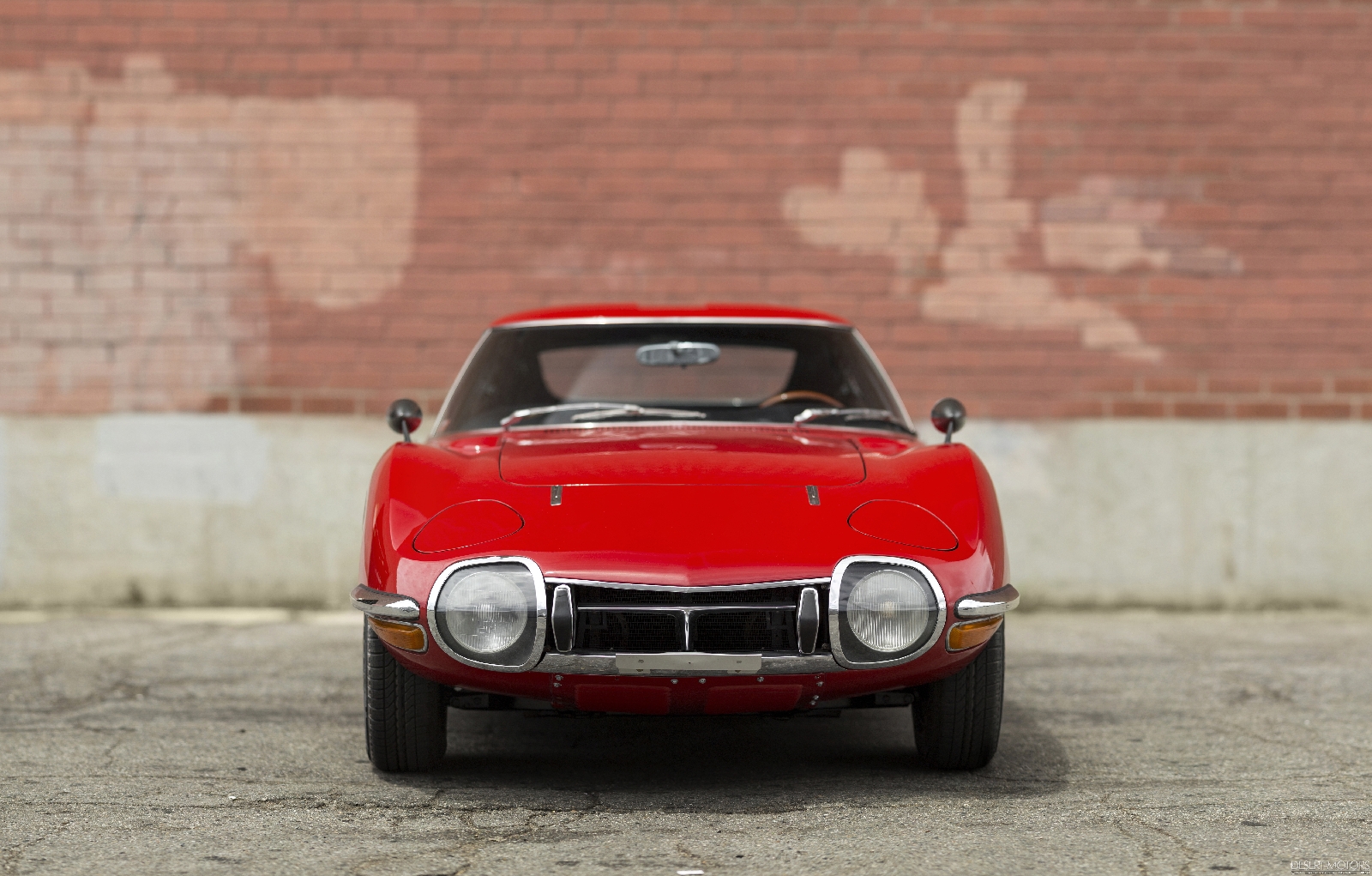
In 1968, Carroll Shelby, entered 3 2000GTs to run in the CP class of the SCCA production car championship. Initially, Shelby purchased the 3 cars which were raced, plus a 4th car as a replacement. Despite the success, the 2000GTs ran for only one season. After that, 2 of them remained in the US, while the 3rd returned to the Toyota museum, where it remains to this day.
All in all

The 2000GT, it has that halo car magic. A car that is built simply to show what is mechanically and technologically possible from the manufacturer's point of view. However, it is also a uniquely beautiful work of art, with a highly timeless and timeless design. After the 2000GT, Toyota, again with the help of Yamaha but this time under the realization of its luxury brand, Lexus, showed us again in 2009 what is possible, with the unique LFA. The magic of the 2000GT is similar to that of the LFA. Rare, different, unique and part of automotive history in its own halo way...
Photographic material : http://www.desert-motors.com/


